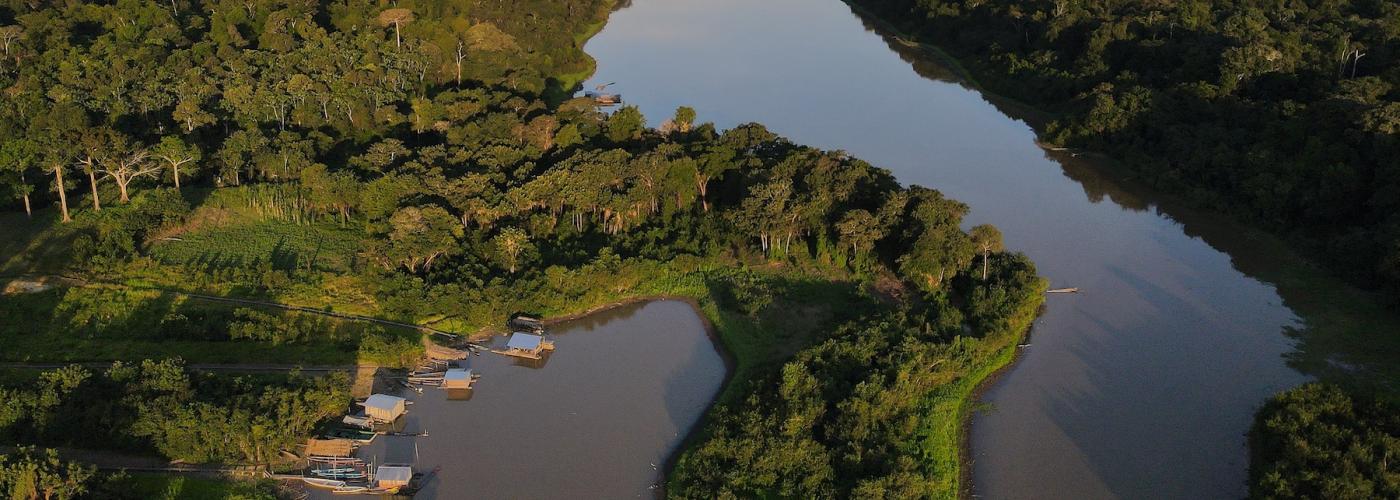Strengthening Financial Autonomy for Women in Brazilian Fishing Villages
Image

USAID’s Amazon Vision is focused on fostering an environmentally friendly economy so that forest-dependent communities can develop their local economies in a sustainable way. Fishing is an important livelihood for Indigenous and other communities living along the Juruá River in Brazil. Both women and men in these riverine fishing communities play essential roles in the fishing industry: while men fish for pirarucu—the world’s largest-scaled freshwater fish—women process, clean, and sanitize the fish.
However, despite their essential contributions to the supply chain, women in these communities are often unpaid and excluded from meetings and decision-making about fisheries.
The Médio Juruá Territory Program (MJTP), funded through a public-private partnership between USAID and SITAWI, Natura, and Coca-Cola Brazil, promotes sustainable livelihoods while conserving biodiversity. As part of its efforts to strengthen the sustainability of fishing practices and bring value to the fisheries supply chain, MJTP works with women’s associations in the region to build women’s capacity to organize collectively, generate their own income, and strengthen their financial autonomy.
As a result of the project, more women are now paid for their contributions to pirarucu management practices and generate income through the collection of andiroba and murumuru seeds. Through the intervention of MJTP and other initiatives, women’s roles in the fishing industry have become increasingly recognized. In 2020, the project provided mentorship to 160 women, focusing on female entrepreneurship and social cohesion. The project's first phase concluded in 2021, and a second phase is now underway under the umbrella of the Partnership Platform for the Amazon. USAID will continue working with local partners and organizations in the coming years to amplify female entrepreneurship, strengthen supply product chains, and increase sustainable management.
Read more results and stories of USAID’s ongoing efforts to maintain a healthy and resilient Amazon basin in the Amazon Vision Report 2021.

